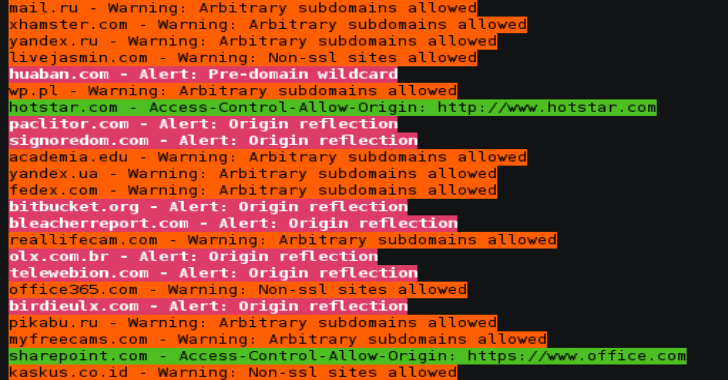Gpredict is a real time satellite tracking and orbit prediction program
for the Linux desktop. It uses the SGP4/SDP4 propagation algorithms together
with NORAD two-line element sets (TLE).
Some core features of Gpredict include:
- Tracking of a large number of satellites only limited by the physical
memory and processing power of the computer - Display the tracking data in lists, maps, polar plots and any combination
of these - Have many modules open at the same either in a notebook or in their own
windows. The modules can also run in full-screen mode - You can use many ground stations
- Predict upcoming passes
- Gpredict can run in real-time, simulated real-time (fast forward and
backward), and manual time control - Detailed information both the real time and non-real time modes
- Doppler tuning of radios via Hamlib rigctld
- Antenna rotator control via Hamlib rotctld
Click here for homepage.
Also Read Dnsenum – Tool for DNS enumeration to find DNS Servers
Requirements
The application is written using the Gtk+ 3 widget set, which is available for most
Unix like operating systems, Mac and Windows. Following libraries are required
for successful compilation of Gpredict:
- Gtk+ 3 or later
- GLib 2.32 or later
- GooCanvas 2
- Libcurl 7.16 or later
- Hamlib (runtime only, not required for build)
If you compile it from source you will also need the development packages
often with -dev or -devel in the package name, e.g. libgtk-3-dev. On Debian and
Ubuntu systems you can install the build dependencies using:
sudo apt install libtool intltool autoconf automake libcurl4-openssl-dev sudo apt install pkg-config libglib2.0-dev libgtk-3-dev libgoocanvas-2.0-dev
To build and install the applcaition from source, first unpack the source package:
tar -xvf gpredict-x.y.z.tar.gz
Then change to the gpredict-x.y.z directory and build gpredict:
./configure make make install
The last step usually requires you to become root, otherwise you may not have
the required permissions to install it. If you can not or do not want to
install gpredict as root, you can install it into a custom directory by
adding –prefix=somedir to the ./configure step. For example
./configure --prefix=/home/user/predict will configure the build to install the files into /home/user/gpredict folder.
If you are building directly from the git repository, you have to run
./autogen.sh instead of of configure. You can pass the same options to the
autogen.sh script as you would to the configure script.
Using The Application
It comes bundled with some example data and will run “out of the box”.
Once you got the idea of the UI, you can either modify the settings of the
default module (click on the small down-arrow in the top right corner), or
create a new module through File -> New Module.
You are highly encouraged to have a look at the user manual available at
http://gpredict.oz9aec.net/documents.php
User support
User support is provided through the Gpredict forum hosted by the Libre Space
Foundation: https://community.libre.space/c/gpredict
Terms and conditions
It is released under the GNU General Public License and comes with
NO WARRANTY whatsoever. If you have problems installing or using Gpredict,
feel free to ask for support for example on the its forum hosted by
the Libre Space Foundation https://community.libre.space/c/gpredict
















